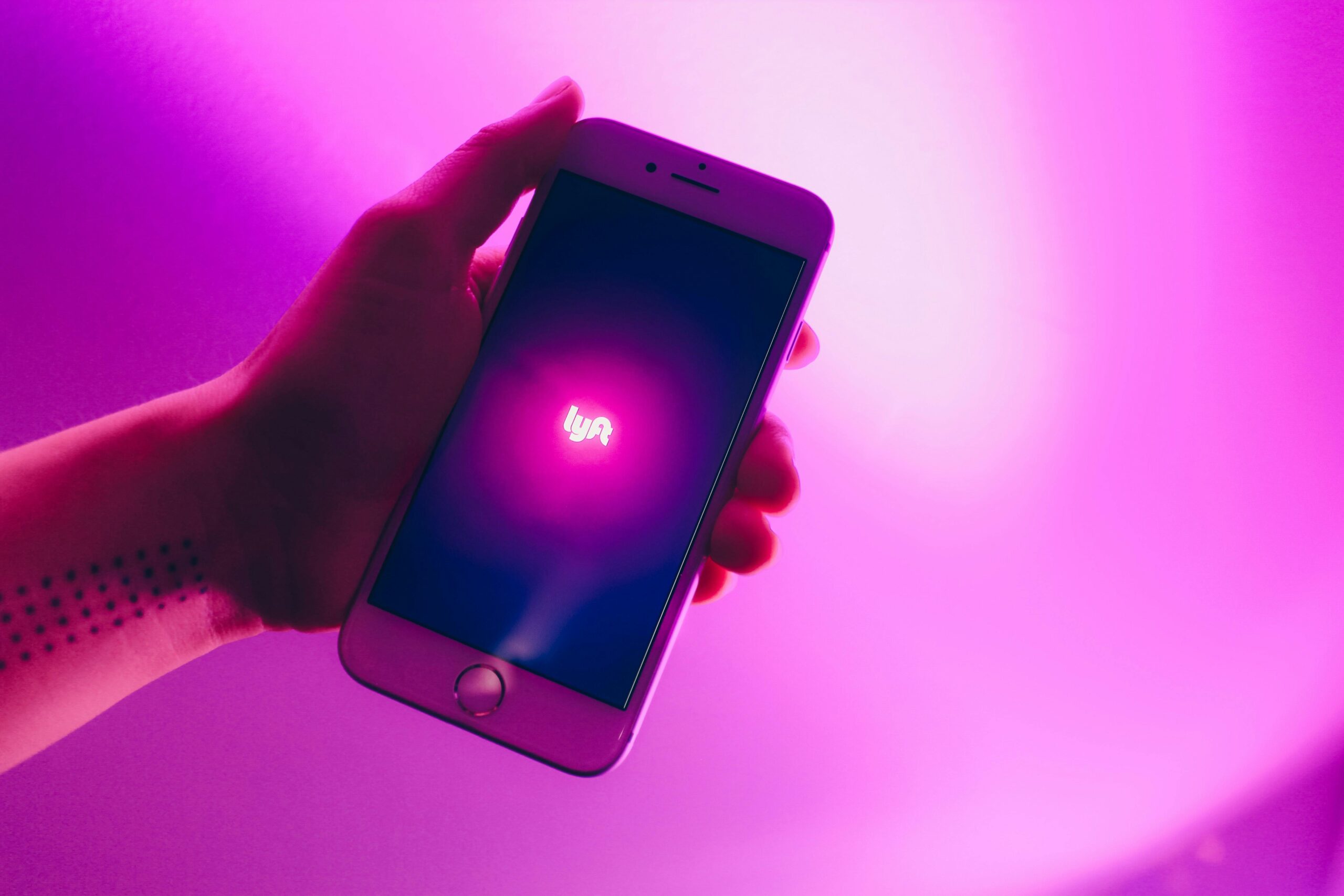In today’s digital age, smartphones have become an indispensable part of our daily lives. Beyond just communication and entertainment, these powerful devices can serve as incredible tools for education, particularly for learning new languages. Here’s how you can leverage your smartphone to enhance your language learning journey.

1. Language Learning Apps
One of the most direct ways to use your smartphone for language learning is through dedicated apps. Here are a few popular ones:
- Duolingo: Known for its gamified approach, Duolingo makes learning fun and engaging with short lessons that fit into any schedule.
- Babbel: Focused on conversation skills, Babbel offers practical language practice that can be directly applied in real-life situations.
- Rosetta Stone: With its immersive method, Rosetta Stone helps you learn a new language through context, similar to how you learned your first language.
These apps often include features like daily goals, reminders, and progress tracking to keep you motivated.
2. Flashcard Apps
Flashcards are a proven method for memorizing vocabulary. Apps like Anki and Quizlet allow you to create digital flashcards and review them on the go. These apps use spaced repetition algorithms to ensure you review words just as you’re about to forget them, maximizing retention.
3. Language Exchange Apps
Practicing with native speakers is one of the best ways to improve your language skills. Apps like Tandem and HelloTalk connect you with native speakers around the world. You can chat via text, voice messages, or even video calls, providing an immersive experience that helps you practice real-life communication.
4. Podcasts and Audiobooks
Listening to podcasts and audiobooks in your target language can significantly improve your listening comprehension and pronunciation. Apps like Spotify, Audible, and Apple Podcasts have a plethora of content available in various languages. Look for podcasts that cater to language learners, such as Coffee Break Languages or LanguagePod101.
5. Language Settings
Change your phone’s language settings to your target language. This might seem challenging at first, but it immerses you in the language daily. You’ll learn new vocabulary naturally as you navigate through your device.
6. Social Media and YouTube
Follow social media accounts and YouTube channels in your target language. Platforms like Instagram, Twitter, and YouTube are excellent for learning colloquial expressions and current slang. You can also find language lessons and cultural insights from native speakers.

7. Translation Apps
Apps like Google Translate and Microsoft Translator are handy tools for quick translations and understanding unfamiliar words. They also offer features like camera translation, which can be useful when reading signs, menus, or documents in a foreign language.
8. Games and Interactive Stories
Games that are available in different languages can be a fun way to learn. Look for games with rich narratives or dialogue, such as Duolingo’s Stories or apps like LingoDeer that combine gaming elements with structured lessons.
9. Virtual Reality (VR) and Augmented Reality (AR) Apps
For a more immersive experience, try VR and AR language learning apps like Mondly AR. These apps create interactive environments where you can practice speaking and listening in real-world scenarios.

10. Consistency and Routine
Finally, the key to language learning is consistency. Set aside a specific time each day for language practice. Even just 10-15 minutes daily can make a significant difference over time. Use reminders and notifications to help you stick to your routine.
Using your smartphone for language learning offers flexibility and accessibility that traditional methods might lack. With the right apps and a consistent practice routine, you can turn your device into a powerful language learning tool. Happy learning!
Read more about HOW TO SET UP AND USE VOICE ASSISTANTS ON SMARTPHONES




